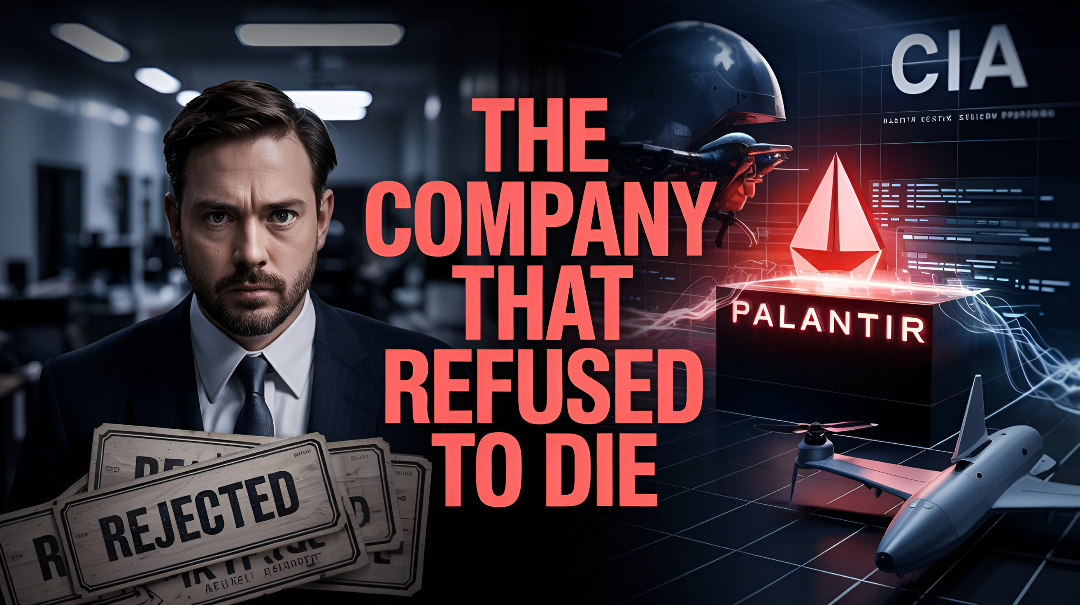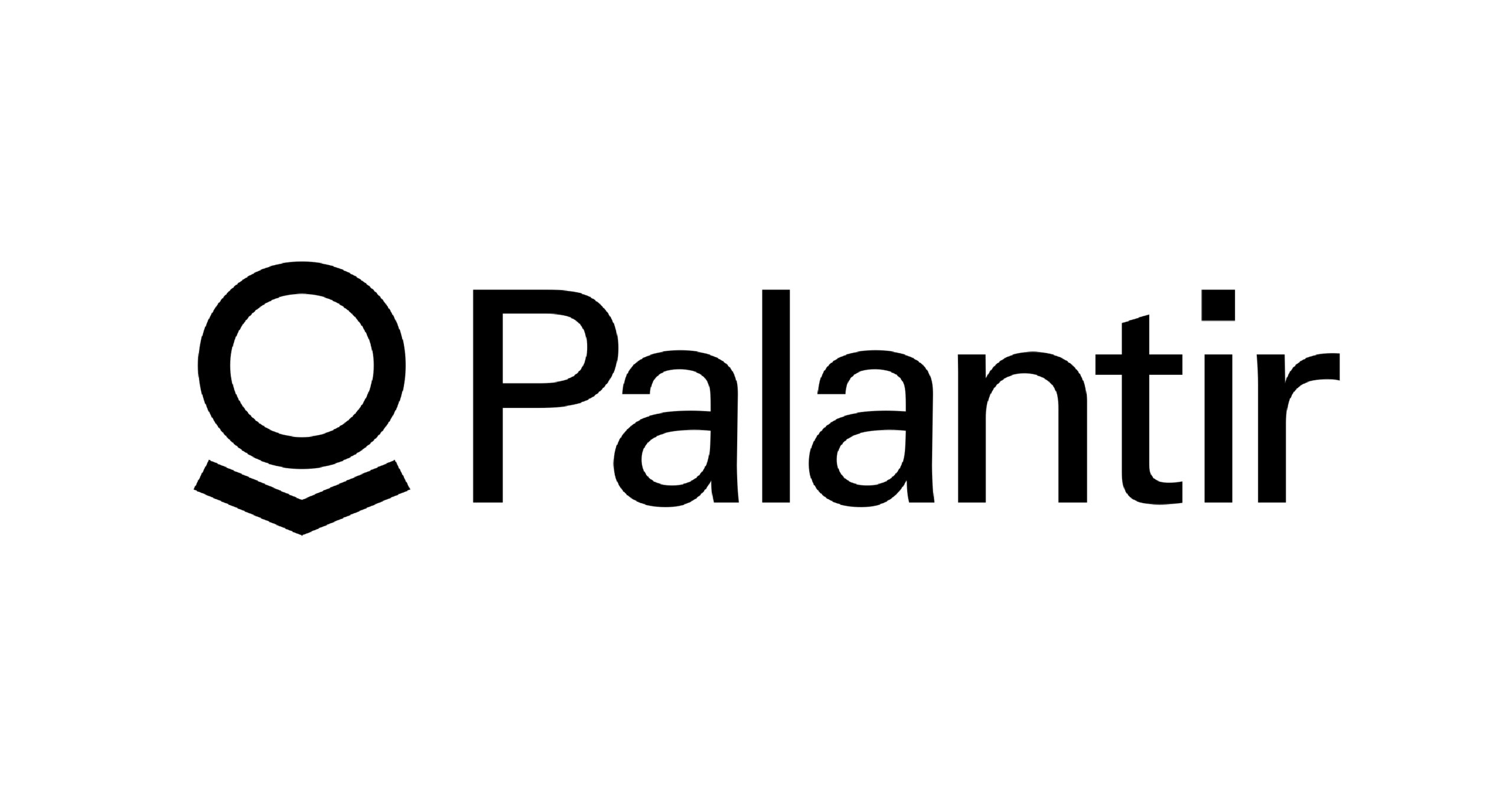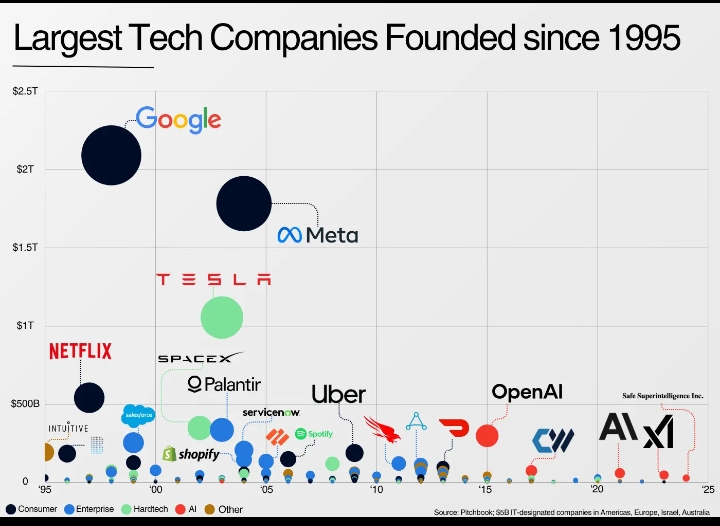Back
Vishu Bheda
•
Medial • 8m
𝗣𝗮𝗹𝗮𝗻𝘁𝗶𝗿: 𝗧𝗵𝗲 𝗖𝗼𝗺𝗽𝗮𝗻𝘆 𝗧𝗵𝗮𝘁 𝗥𝗲𝗳𝘂𝘀𝗲𝗱 𝘁𝗼 𝗗𝗶𝗲 Most startups chase press, investors, and users. 𝐏𝐚𝐥𝐚𝐧𝐭𝐢𝐫 𝐜𝐡𝐚𝐬𝐞𝐝 𝐭𝐞𝐫𝐫𝐨𝐫𝐢𝐬𝐭𝐬. This is how a company no one believed in… became one of the most powerful tech tools in the world. 𝟮𝟬𝟬𝟯 — 𝗡𝗼 𝗢𝗻𝗲 𝗕𝗲𝗹𝗶𝗲𝘃𝗲𝗱 𝗶𝗻 𝗧𝗵𝗲𝗺 Peter Thiel and his team had a crazy idea: “𝐖𝐡𝐚𝐭 𝐢𝐟 𝐰𝐞 𝐜𝐨𝐮𝐥𝐝 𝐡𝐞𝐥𝐩 𝐠𝐨𝐯𝐞𝐫𝐧𝐦𝐞𝐧𝐭𝐬 𝐬𝐭𝐨𝐩 𝐭𝐞𝐫𝐫𝐨𝐫𝐢𝐬𝐦… 𝐰𝐢𝐭𝐡𝐨𝐮𝐭 𝐬𝐩𝐲𝐢𝐧𝐠 𝐨𝐧 𝐢𝐧𝐧𝐨𝐜𝐞𝐧𝐭 𝐩𝐞𝐨𝐩𝐥𝐞?” They pitched it to Silicon Valley. The answer? “𝐍𝐨 𝐭𝐡𝐚𝐧𝐤𝐬.” Investors rejected them. They said the tech was too risky, too weird, too complicated. Palantir was on its own. 𝗧𝗵𝗲𝗻 𝗖𝗮𝗺𝗲 𝘁𝗵𝗲 𝗖𝗜𝗔 Just when things looked over… A secretive U.S. group called 𝐈𝐧-𝐐-𝐓𝐞𝐥 (funded by the CIA) gave them a small investment. It wasn’t much — but it was everything. Palantir started working with 𝐦𝐢𝐥𝐢𝐭𝐚𝐫𝐲 𝐚𝐧𝐝 𝐢𝐧𝐭𝐞𝐥𝐥𝐢𝐠𝐞𝐧𝐜𝐞 𝐭𝐞𝐚𝐦𝐬. No ads. No tweets. No noise. Just helping soldiers find terrorists. Helping governments stop attacks. Solving real problems. 𝗧𝗵𝗲𝘆 𝗕𝘂𝗶𝗹𝘁 𝗶𝗻 𝘁𝗵𝗲 𝗦𝗵𝗮𝗱𝗼𝘄𝘀 While tech giants were building photo apps and social networks… Palantir was building 𝐭𝐨𝐨𝐥𝐬 𝐟𝐨𝐫 𝐰𝐚𝐫 𝐳𝐨𝐧𝐞𝐬. Over time, they got deals with: The U.S. Army The FBI The NSA They didn’t grow fast. They grew 𝐪𝐮𝐢𝐞𝐭𝐥𝐲 — and dangerously well. 𝗡𝗼𝘄 — 𝗔 𝗦𝗲𝗰𝗿𝗲𝘁 𝗚𝗶𝗮𝗻𝘁 Palantir went public in 2020. Now it’s worth $𝟰𝟬+ 𝗯𝗶𝗹𝗹𝗶𝗼𝗻. They don’t sell to everyone. They don’t make headlines. But when governments face big problems? They call 𝐏𝐚𝐥𝐚𝐧𝐭𝐢𝐫. 𝟯 𝗦𝗶𝗺𝗽𝗹𝗲 𝗟𝗲𝘀𝘀𝗼𝗻𝘀 𝗳𝗿𝗼𝗺 𝗣𝗮𝗹𝗮𝗻𝘁𝗶𝗿 1. 𝐒𝐢𝐥𝐞𝐧𝐜𝐞 > 𝐇𝐲𝐩𝐞 You don’t have to be loud. You have to be useful. 2. 𝐈𝐠𝐧𝐨𝐫𝐞 𝐭𝐡𝐞 𝐝𝐨𝐮𝐛𝐭𝐞𝐫𝐬 20+ rejections. Still built it. Now they run deep government ops. 3. 𝐒𝐨𝐥𝐯𝐞 𝐫𝐞𝐚𝐥 𝐩𝐫𝐨𝐛𝐥𝐞𝐦𝐬 Palantir didn’t chase fame. They chased impact. 𝐏𝐚𝐥𝐚𝐧𝐭𝐢𝐫 𝐝𝐢𝐝𝐧’𝐭 𝐣𝐮𝐬𝐭 𝐬𝐮𝐫𝐯𝐢𝐯𝐞. They became the backbone of global intelligence. 𝐐𝐮𝐢𝐞𝐭𝐥𝐲. 𝐏𝐚𝐭𝐢𝐞𝐧𝐭𝐥𝐲. 𝐏𝐨𝐰𝐞𝐫𝐟𝐮𝐥𝐥𝐲.

Replies (6)
More like this
Recommendations from Medial
ProgrammerKR
Founder & CEO of Pro... • 8m
World's Most Dangerous Company Palantir Technologies might not be a household name, but its reach is chilling. This data analytics firm works behind the scenes with intelligence agencies, military operations, and governments worldwide. Known for cre
See More
Account Deleted
Hey I am on Medial • 4m
Top 7 People of the Palantir Mafia and Their Startups... 1. Joe Lonsdale – After co-founding Palantir, he started 8VC, a big venture capital firm, and OpenGov, which builds software for governments. 2. Akshay Kothari – Worked at Palantir early on,
See MoreDownload the medial app to read full posts, comements and news.





































